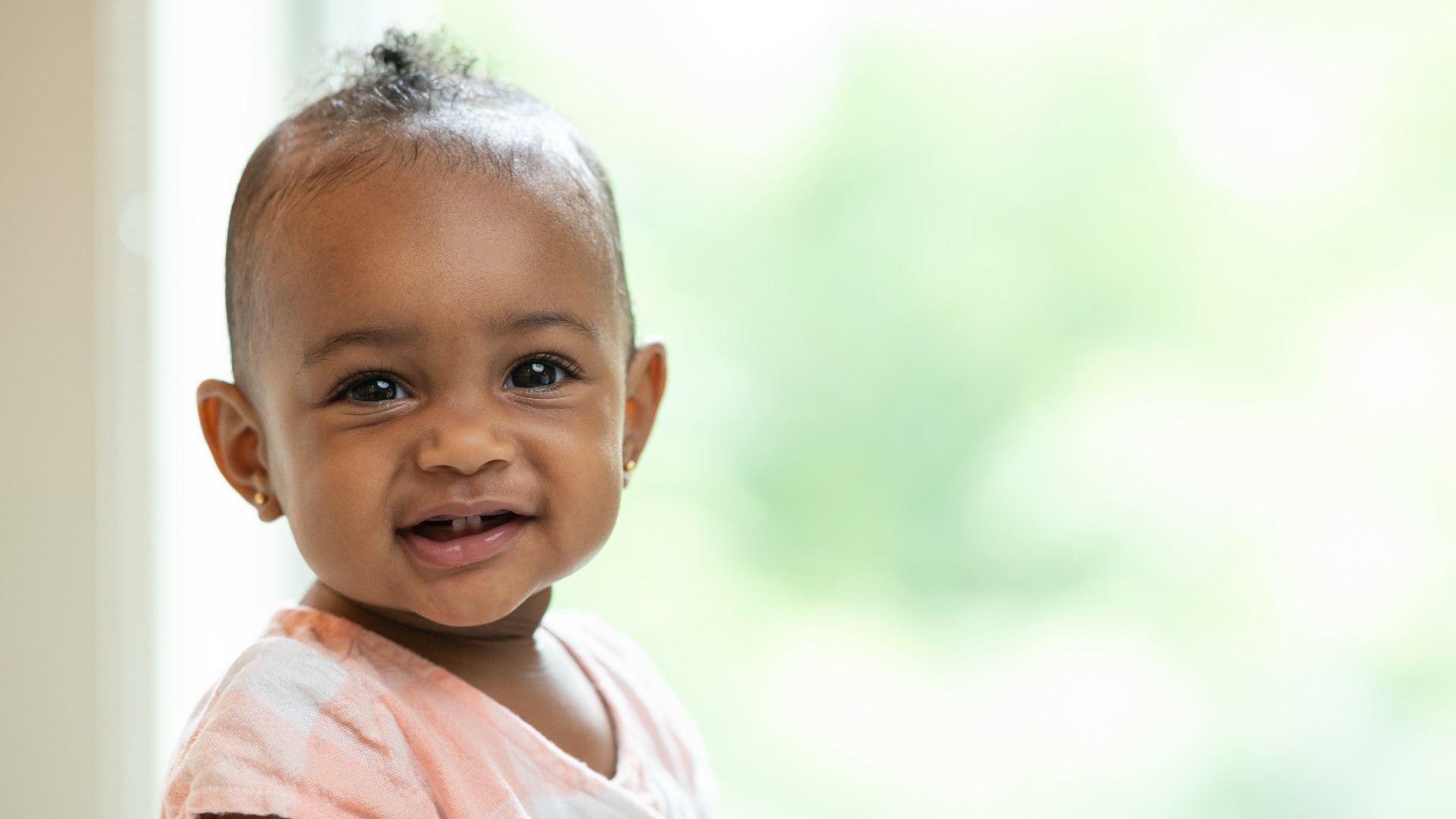Condition
Pediatric Non-Hodgkin Lymphoma
What You Need to Know
Non-Hodgkin lymphoma is a type of cancer in the lymphatic system.
Key Symptoms
Symptoms depend on what part of the body is affected and where the tumor is. Common symptoms include:
- Painless swelling of lymph node
- Trouble breathing
- Night sweats
- Fever
- Feeling tired
Diagnosis
Doctors will ask about a child's medical history and symptoms. As well as examine your child and complete tests as needed.
Tests could include:
- Blood and urine tests
- Lymph node biopsy
- Chest X-ray
- CT scan
- MRI scan
- Ultrasound
- PET scan
- Bone marrow aspiration or biopsy
- Lumbar puncture
- Pleural or peritoneal fluid sampling
Treatment
Treatment may include:
- Chemotherapy
- Radiation
- Immunotherapy
- Stem cell transplants
- Surgery
- Targeted therapy

Schedule an Appointment
Our pediatric specialists provide personalized care for your child’s physical, mental and emotional health needs. Meet the providers who treat non-Hodgkin lymphoma and schedule an appointment today.


Frequently Asked Questions
Explore frequently asked questions non-Hodgkin lymphoma.
What is non-Hodgkin lymphoma (NHL) in children?
What causes non-Hodgkin lymphoma in a child?
Diagnosis
What are the symptoms of non-Hodgkin lymphoma in a child?
How is non-Hodgkin lymphoma diagnosed in a child?
What are the stages of non-Hodgkin lymphoma in a child?
Treatment
How is non-Hodgkin lymphoma treated in a child?
What are possible complications of non-Hodgkin lymphoma in a child?
How can I help my child live with non-Hodgkin lymphoma?
When should I call my child’s healthcare provider?
Departments that Treat Non-Hodgkin Lymphoma

Oncology
The Oncology Program at Children's National is ranked one of the best cancer centers for children by U.S. News & World Report thanks to our high level of experience and expertise. Learn more about this program.

Help Kids and Make a Difference
Invest in future cures for some of life's most devastating diseases. Give today to help more children grow up stronger.












